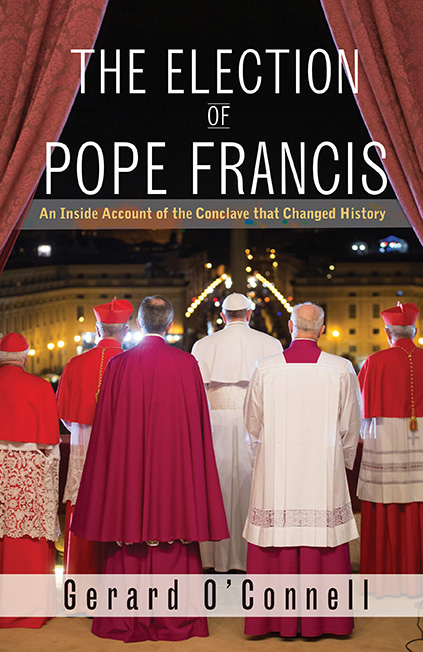Pope Francis, a name that resonates deeply across the globe, was elected on March 13, 2013, marking a historic day in the Catholic Church's history. His election came after Pope Benedict XVI's resignation, making him the first pope from the Americas and the first Jesuit to hold the position. This momentous event not only shifted the geographical center of papal leadership but also introduced a new style of papacy characterized by humility, simplicity, and a focus on social justice.
The impact of Pope Francis' election has been felt worldwide, influencing both the Catholic community and broader society. Under his leadership, the Vatican has engaged more openly with global issues such as poverty, climate change, and interfaith dialogue. As the world prepares for another significant transition with the upcoming conclave to elect his successor, it is essential to reflect on the legacy Pope Francis leaves behind and the future direction of the Catholic Church.
Preparations Underway for the May Conclave
A special mass is expected to take place on May 7, signaling the beginning of the conclave to elect Pope Francis' successor. This significant event will see cardinals from around the world gathering in the Vatican to cast their votes, with the first ballots anticipated in the afternoon, local time. The choice of date reflects careful consideration and planning, ensuring all necessary preparations are in place for this solemn occasion.
Cardinals have chosen May 7 as the date to commence the conclave, a decision made during informal meetings following Pope Francis’ funeral. These gatherings provide an opportunity for cardinals to discuss and deliberate on the qualities and characteristics they seek in the next leader of the Catholic Church. The process is steeped in tradition, yet flexible enough to adapt to modern needs.
As the Church enters the final stages of preparation, the atmosphere within the Vatican is one of reverence and anticipation. Journalists and observers from around the world are keenly watching these developments, eager to gain insights into potential candidates and the dynamics at play among the cardinals. This conclave represents not just a transfer of leadership but a pivotal moment for the future trajectory of the Catholic Church.
Historical Context of Papal Elections
Following the resignation of Pope Benedict XVI in 2013, the papal conclave convened to elect a new pontiff. On March 13, Jorge Mario Bergoglio emerged as the chosen candidate, adopting the name Pope Francis. His election marked a significant shift in the leadership of the Catholic Church, highlighting the importance of diversity and inclusivity in the selection process.
Throughout history, the election of a new pope has been a complex and secretive process, rooted in centuries-old traditions. Cardinals gather in the Sistine Chapel, where they vote in seclusion until a two-thirds majority is reached. The famous white smoke rising from the chimney signals the successful election of a new pope, a moment eagerly awaited by millions worldwide.
This ancient machinery of papal elections underscores the continuity and stability of the Catholic Church while allowing for adaptation to contemporary challenges. As the Church prepares for the upcoming conclave, the historical significance of this event serves as a reminder of the enduring legacy of each pope and the responsibilities of those who follow in their footsteps.
Global Anticipation Builds for the Upcoming Conclave
The announcement of May 7 as the start date for the conclave has sparked widespread interest and speculation about the future leader of the Catholic Church. With over 1.4 billion Catholics globally, the decision carries immense weight and responsibility. The chosen individual will guide the Church through critical times, addressing pressing issues such as social inequality and environmental concerns.
As cardinals arrive in Vatican City, they bring with them diverse perspectives shaped by their experiences and regions. This diversity enriches the deliberation process, fostering a comprehensive understanding of the Church’s needs and priorities. Media coverage intensifies, capturing every detail and analyzing potential outcomes, reflecting the global significance of this event.
In the days leading up to the conclave, the Vatican remains a focal point of attention, symbolizing the unity and resilience of the Catholic faith. The election of a new pope is not merely a religious ceremony but a testament to the enduring influence and relevance of the Catholic Church in today’s world, promising hope and guidance for the future.

